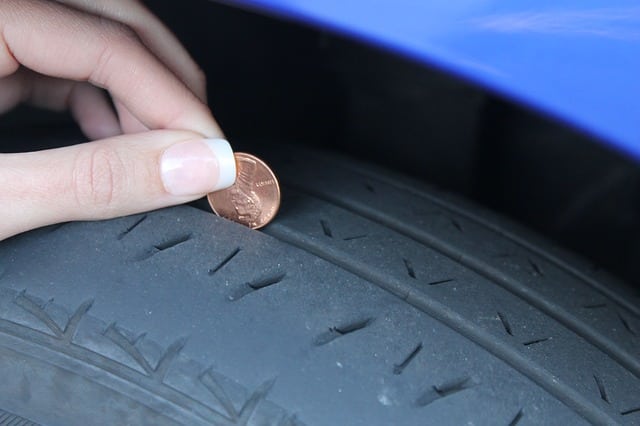A car on it’s own is a huge investment, and when you keep one for long enough, maintenance and updates are mandatory. This usually means there are oil changes, very thorough inspections and a large list of minuscule maintenance tasks to take care of. When it comes down to it, you need to have a solid foundation, that starts with your tires. Having a good set of tires makes all the difference, so here are 5 tips for choosing the right tires.
1. Keep Age In Mind
When it comes to tires, age is very important, knowing if they are new or retreaded will provide you with a good way to know what type of longevity the set of tires you’re buying would have. If said tires prove to be more than five years old, it’s not even worth making an offer on them. Your average tire will last between 20,000 and 30,000 miles. There is only one problem though, how can you be certain of this? It’s very easy actually, take a look at the fine print on the sides of each tire, there should be a four-digit number which tells us when the tire was made; for example,if it has the number 1516 it means it was manufactured on the 15th week of 2016. As you might expect, the older the tire the more likely it is to break down early in use and you will find yourself having to replace them much sooner than expected. So, if its possible, its better to buy new tires from the get go.
2. Brand And Size
Be certain of the brand and size of each tire, this is very important because mismatched tires could be a tell-tale sign of a sketchy deal . Inspect the tire’s tread carefully as tires that have been consistently over inflated are going to show wear marks on the center, whereas underinflated ones will show more marks of wear and tear on the outer edges.
3. Check Air Pressure
While you’re going around checking brands, sizes and reviews make sure to also check the air pressure in the tires. Their overall consistency and the manufacturer’s recommendation are also important to keep in mind. If you spot any signs that point towards improper inflation, this is usually the result of lousy maintenance. Which, if you’re buying a used tire, could indicate it would need to be changed rather quickly after you buy it.
4. The Penny Test Is Your Friend
Grab a penny and place it upside down with the Lincoln face side pointed towards you in the center of the tread, make sure you do this on the thickest part of the tire. If you are able to see the top of Lincoln’s head, or the copper over his head, these tires are no good. Your tires are still good only if you can’t see lincoln’s head. Depending on how much of his head you actually see, you can tell if the tire is new or used. New tires will completely cover lincoln’s head.
5. Knowing Legal Requirements
Changing worn tires is usually a matter of common sense and safety; however; there are some legal requirements you should keep in mind. In several US States for example, tires are considered to be legally worn out when they have worn down to 1/16″ or 1.6mm of their remaining tread depth. In places like the UK, the minimum requirement for tread depth is 1.6 millimeters across the central ¾ of the tread around the whole tire.
Having these numbers and laws in mind will help you a great deal when deciding which set of tires to buy or even what you should be paying for them. So, now you know what to look for when getting a set of tires; they don’t have to be brand new or terribly expensive (even though new is always better), just make sure they are the right ones for your car. So what do you think? Did we miss anything important? What are your do’s and don’ts when it comes to buying new/used tires?
Let us know in the comment section below and share your experience with everyone.
I also decided to include this great infographic I created myself for this post, I hope you guys like it!









I liked how the articled stated that on should be certain of the brand and size of each tire, to make sure they aren’t mismatched tires. With the winter months coming to a close I need to change my tires for the summer months that are ahead of us. We will be sure to get an expert’s help to make sure that we get the right tires!